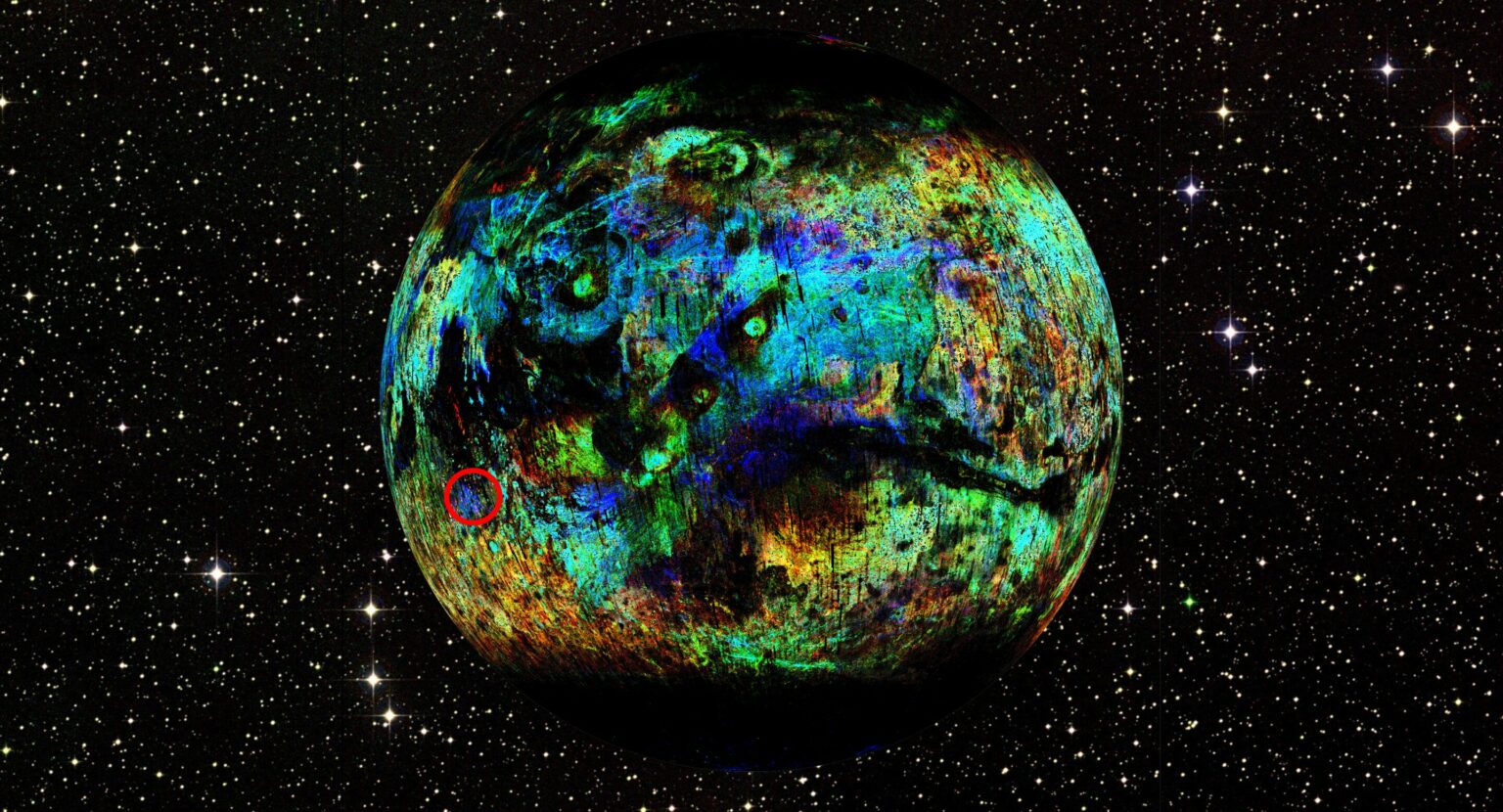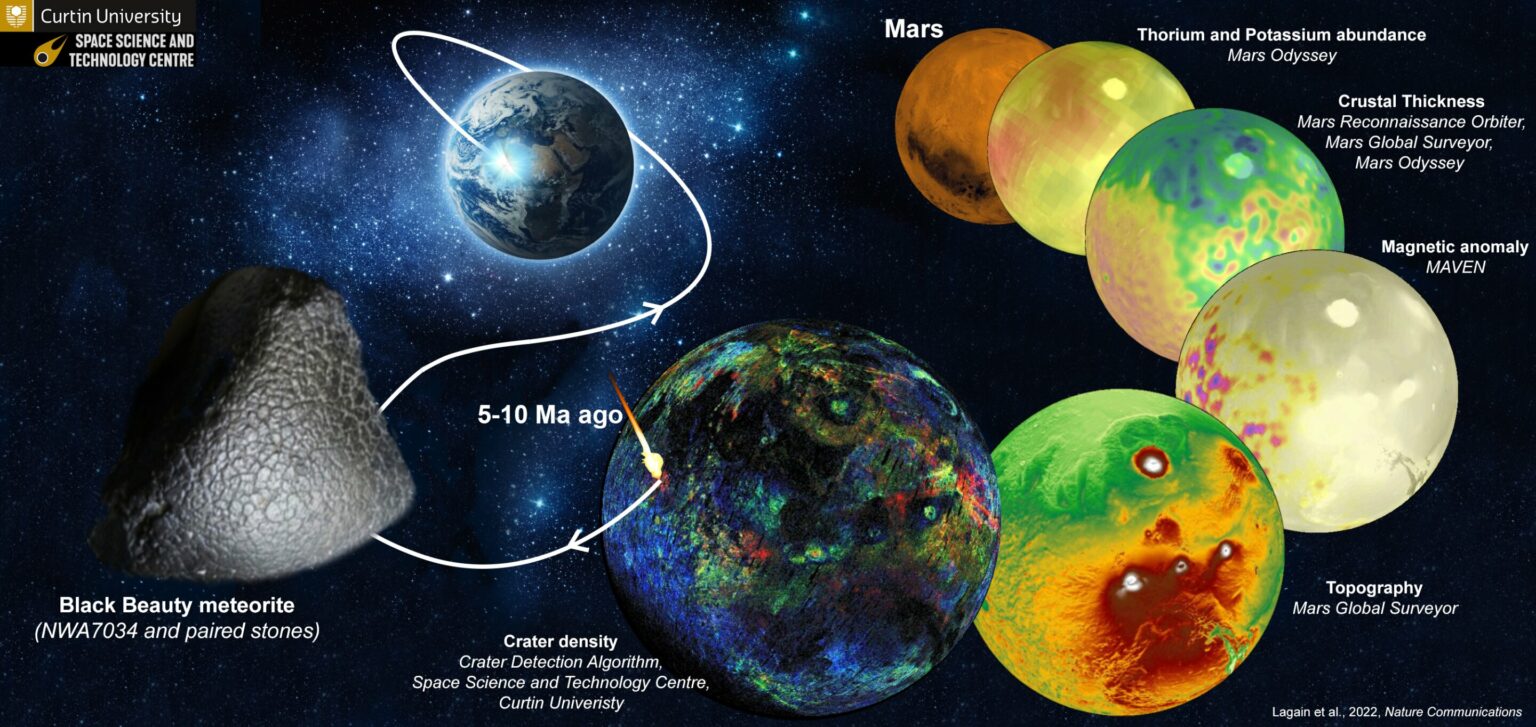Scientists have applied machine learning to the analysis of the geology of meteorite craters on the surface of Mars. Thanks to this, they established the place from where the famous meteorite “Black Beauty” was once knocked out.

Where do we get the “Black Beauty” from
Scientists from the Curtin Center for Space Science and Technology have applied an interdisciplinary approach to determining the geological history of Mars. They created a machine learning algorithm that could analyze all the craters of the red planet. Thanks to this, it was established from where the famous meteorite “Black Beauty” was knocked out many millions of years ago.
The rock, which is called NWA 7034, was found in Morocco in 2011. Due to its metallic color and the bright reflection of the relief faces, it was named “Black Beauty”. The meteorite is considered unique, because it is the only sample of Martian breccias that has fallen into the hands of scientists.
Breccias are rocks formed from sharp fragments of dissimilar materials. This mixture is usually cemented into a single whole by water and some volcanic rocks. Breccias are widespread on Earth. And thanks to the research of rovers, we know that there are a lot of them on Mars. But only the “Black Beauty” has fallen into the hands of scientists so far.
Machine learning and Martian geology
One of the most interesting features of NWA 7034 is its age. The “Black Beauty” is 4.48 billion years old. This is comparable to the age of the Martian crust. And the same fact allows us to establish where exactly this rock comes from on Mars.
Machine learning is one of the varieties of neural networks based on the statistical analysis of a large amount of information, during which the machine learns to sort images according to certain characteristics. It has already been used to search for extraterrestrial signals and to recognize astronomical objects. Thanks to the studies of Mars carried out by ground and orbital missions, scientists have many examples of what different geological rocks of a particular age should look like.

After learning from these samples, the neural network was able to classify the rocks of Mars and make its geological map. And then find a small crater on it, best suited for the role of what gave birth to the “Black Beauty”. This task was not so easy, but using one of the most powerful supercomputers in the Southern Hemisphere of the Earth, the researchers solved it.
Since the crater still had no name of its own, the researchers dubbed it Karratha in honor of a small Australian town, near which the oldest rocks on Earth were found. It is quite possible that we will soon find out the probable places of origin of other Martian meteorites.
According to phys.org
Follow us on Twitter to get the most interesting space news in time
https://twitter.com/ust_magazine
